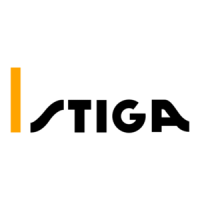48
User’s manual
EN
ROBOT CLEANING
1. Stop the robot safely (see “Robot Safety Stop”)
Use protective gloves to prevent cutting your hands.
2. Clean the outside surfaces of the robot with a sponge soaked in warm water and a mild
detergent. Squeeze the sponge to remove any excess water before use.
The use of too much water may cause water to penetrate into the robot which
could damage the electrical parts.
3. Do not use solvents or benzene so as not to damage the painted
surfaces and plastic components.
4. Do not wash the internal parts of the robot and do not use jets of
pressurised water so as not to damage the electric and electronic parts.
In order to not cause irreversible damage to the electric and electronic
components, do not immerse the robot, partially or completely, in water because
it is not watertight.
5. Check the lower part of the robot (cutting blade area, and wheels) and remove any deposits
and/or residuals that may obstruct the correct functioning of the robot.
6. To remove any deposits and/or other
residuals from the blade, use a suitable
brush.
7. Use a dry cloth and, if necessary, ne
sandpaper, to clean the knobs of the
battery charger (A) and the contact plates
(B) and to remove any deposits or residuals
caused by electric contacts.
8. Clean the inside of the charging station to
remove any accumulated residuals.
charging knobs (A) contact plates (B)
Warning - Caution
Warning - Caution
Warning - Caution

